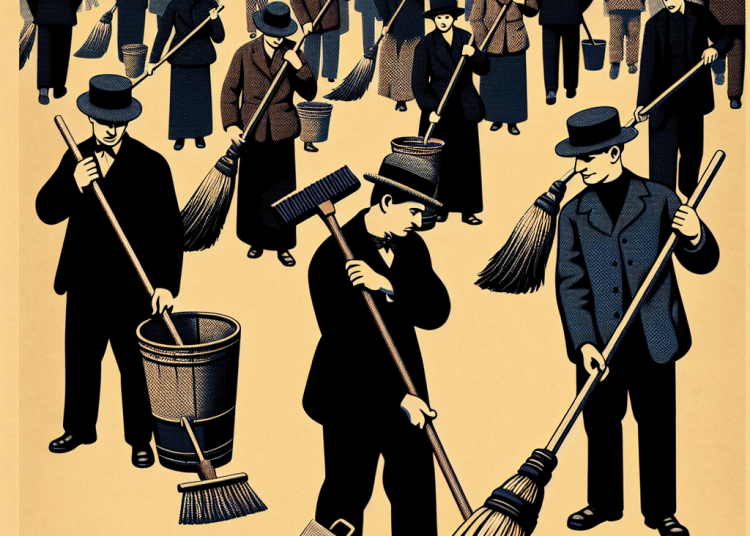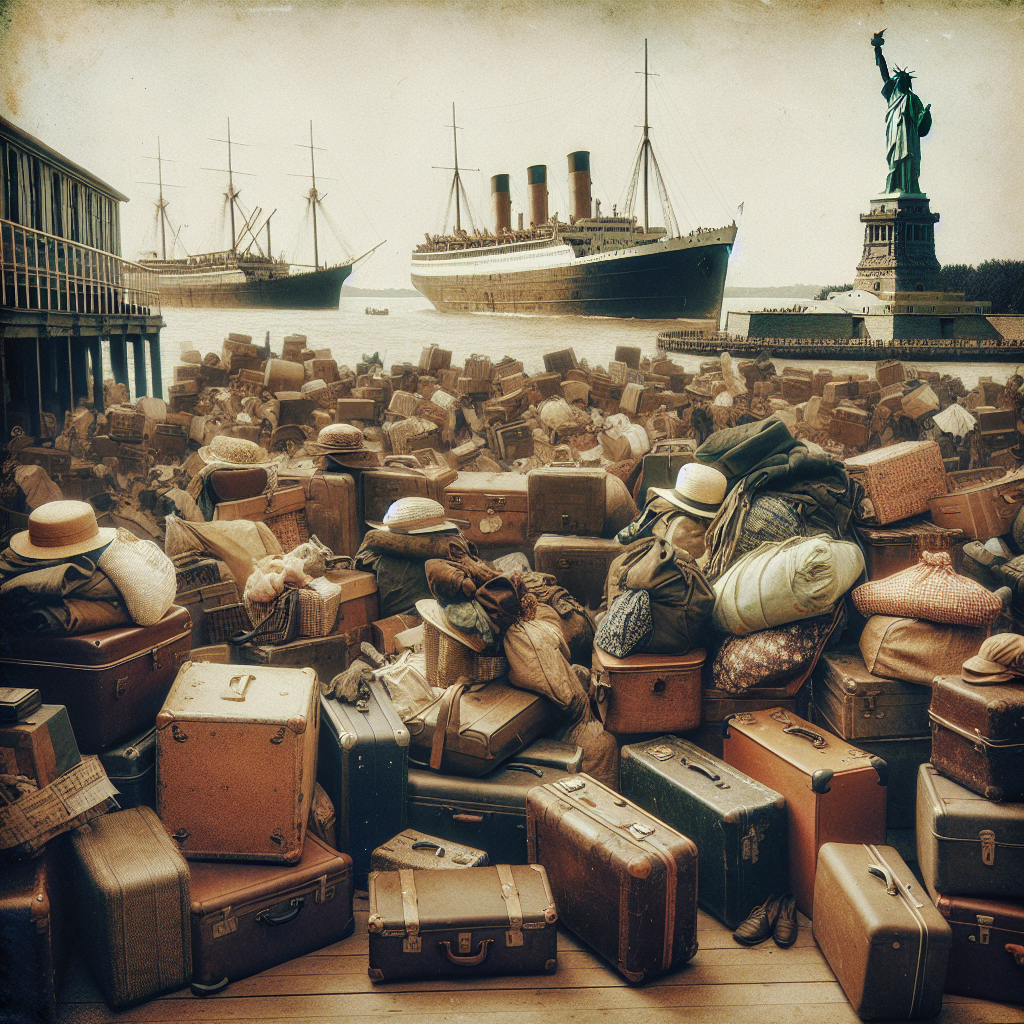Culinary Landscape
As you walk through New York City in the 1920s, your senses are tantalized by street vendors offering an array of ethnic foods. Italian cannoli, Chinese dumplings, and Jewish knishes reflect the city’s melting pot status. Notice Horn & Hardart automats popping up; these coin-operated eateries serve meals mechanically and symbolize the era’s fascination with technology. White Castle has just opened its doors in 1921, pioneering the fast food industry that offers quick service dining. Despite the excitement around food variety and convenience, concerns about health and sanitation standards linger—regulations are rudimentary compared to today’s stringent measures.

Entertainment Extravaganza
The entertainment scene is electric in 1920s New York City. Broadway theaters dazzle with lavish productions like Ziegfeld Follies while vaudeville shows provide a mix of comedy, music, and dance acts. Get swept up by the Harlem Renaissance—a cultural revolution where clubs like Cotton Club host jazz legends such as Duke Ellington. The thrill is palpable when “The Jazz Singer” premieres in 1927, one of the first films with synchronized sound—a monumental moment for cinema lovers. Meanwhile, radio broadcasts begin to bring live performances into homes across America.


Public Health and Sanitation
During this decade, public health campaigns are critical due to recent memories of a devastating flu pandemic. Efforts focus on hygiene education to prevent disease spread; tuberculosis remains a significant threat despite campaigns promoting testing and pasteurization of milk. Observe sanitation workers from reformed departments cleaning streets to tackle waste-related health risks—a precursor to modern sanitation initiatives. Large-scale projects aim to improve water supply and sewage systems as part of an ongoing effort to combat illnesses linked to poor urban sanitation.


Class Hierarchies
Stark class hierarchies define job access and living conditions in 1920s New York City. Labor protections are minimal, and many workers face exploitation within unsafe environments like those leading up to the tragic Triangle Shirtwaist Factory fire of 1911. Child labor persists despite reform efforts, while immigrants often find themselves relegated to low-paying jobs due to discriminatory hiring practices.


Immigration Dynamics
The landscape of immigration is shifting dramatically as restrictive laws like the Emergency Quota Act of 1921 come into play, based on national origin preferences—Northern Europeans find favor while others face barriers or outright exclusion from American shores, amid a climate rife with xenophobia fueled by fears stoked during the Red Scare.


References:
- Ziegelman, J. (2010). 97 Orchard: An Edible History of Five Immigrant Families in One New York Tenement. Harper.
- Wall, C.A (2016). The Harlem Renaissance: A Very Short Introduction. Oxford University Press.
- Leavitt J.W (1996). Typhoid Mary: Captive to the Public’s Health. Beacon Press.
- Sante L (2003). Low Life: Lures and Snares of Old New York. Farrar Straus Giroux.
- Okrent D (2010). Last Call: The Rise and Fall of Prohibition. Scribner.
- Zeitz J (2006). Flapper: A Madcap Story of Sex Style Celebrity And The Women Who Made America Modern. Crown Publishers.
- Carson R (1962). Silent Spring. Houghton Mifflin Company.
- Okrent D (2019). The Guarded Gate: Bigotry Eugenics And The Law That Kept Two Generations Of Jews Italians And Other European Immigrants Out Of America. Scribner.
- Landau S.B Condit C.W (1996). The Rise Of The New York Skyscraper 1865-1913. Yale University Press.
- Drowne K.M Huber P (2004). The 1920s (American Popular Culture Through History Series). Greenwood Press.
- Fischler S (1997). The Subway: A Trip Through Time On New York’s Rapid Transit. H&M Productions.
- Griffin F.J (2013). Harlem Nocturne: Women Artists And Progressive Politics During World War II. Basic Civitas Books.
- Lewis T.L (1991) . Empire Of The Air: The Men Who Made Radio. HarperCollins Publishers Inc.

